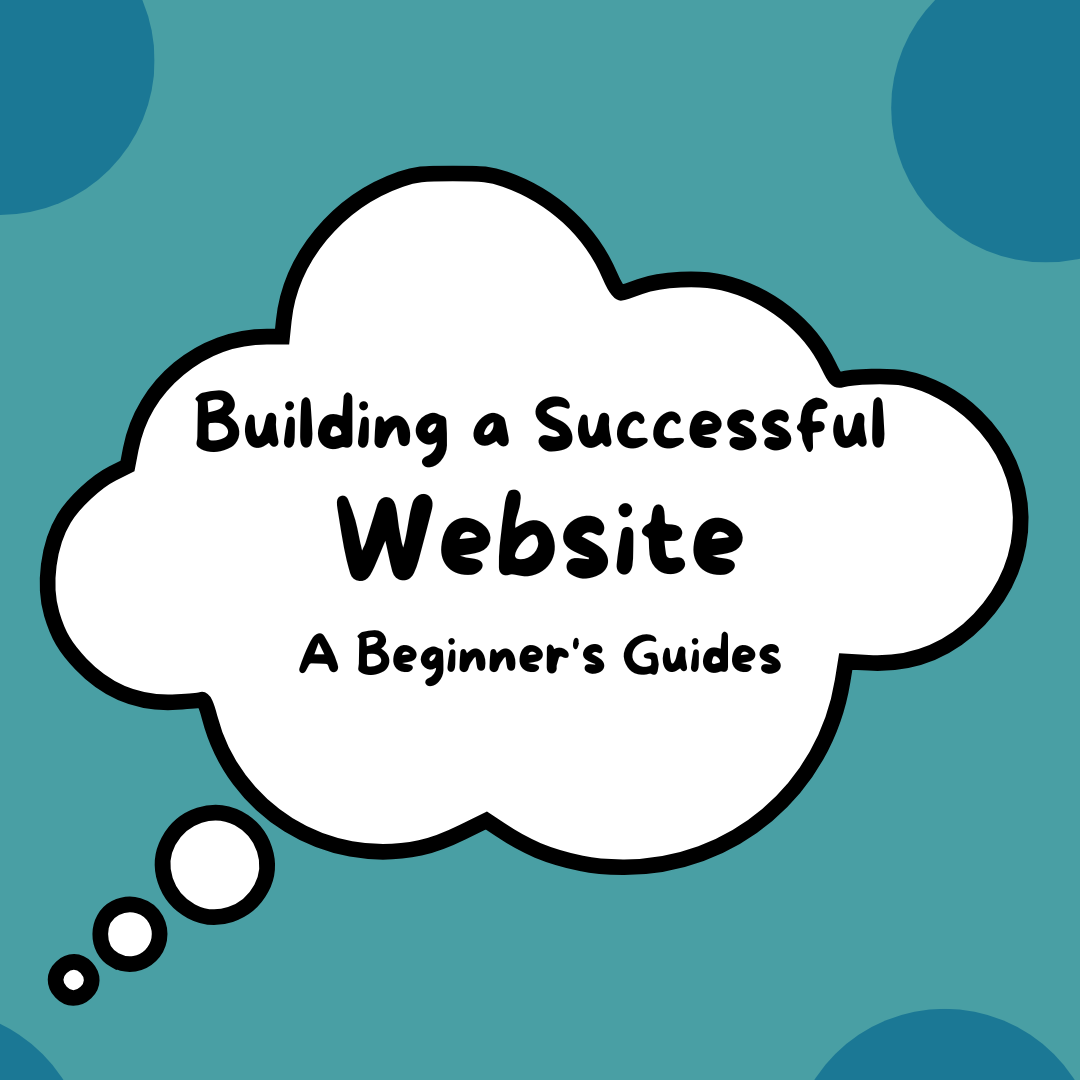In today’s world, having a website is essential for any business, organization, or individual looking to establish a presence on the internet.
Whether you are creating a website for personal reasons, for business purposes, or as a non-profit organization, there are several crucial steps to building a successful website.
In this article, we will explore the essential steps to building a successful website and provide valuable tips and tricks along the way.
Contents
Develop Business Plan
Before you start building your website, it’s important to develop a solid business plan.
What do you want your website to achieve? Do you want it to sell products or services, provide information, or build your brand’s reputation?
This should include your niche, your target audience, your revenue model, and your marketing strategy.
Your business plan should also include a timeline and budget for launching and growing your website.
Defining Your Target Audience
The next step is to define your website’s target audience. Who do you want to reach with your website? What are their needs, interests, and preferences?
By understanding your target audience, you can tailor your website’s content and design to meet their needs, creating a better user experience.
Creating a Site Map
Once you have a clear understanding of your website’s goals and target audience, the next step is to create a site map.
A site map is a visual representation of your website’s structure, outlining the various pages, subpages, and categories.
Creating a site map helps you organize your content and ensures that your website is easy to navigate.
Choosing a Platform and Domain Name
With your site map in hand, it’s time to choose a platform and domain name for your website.
There are several website platforms available, each with its own set of advantages and disadvantages.
Some popular website platforms include WordPress, Wix, Squarespace, Shopify, or perhaps build from Scratch.
When choosing a platform, consider your website’s goals, budget, and technical expertise.
We strongly recommend using WordPress.
Designing Your Website
The design of your website plays a crucial role in its success.
Your website’s design should reflect your brand’s identity and be visually appealing.
When designing your website, consider the user experience. Make sure that your website is easy to navigate, loads quickly, and is optimized for mobile devices.
Launch Your Website
When your website is complete, it’s time to launch your website.
Make sure everything is working properly, and test your website on multiple devices and browsers.
You should also have a plan in place for handling any technical issues that may arise.
Creating Content
Once you have launched your website, it’s time to create content.
Your website’s content should be engaging, informative, and relevant to your target audience.
When creating content, use keywords that your target audience is searching for to improve your website’s search engine ranking.
Your content should also be well-structured, using headings and subheadings to make it easy to read.
Optimizing for Search Engines
Search engine optimization (SEO) is the process of improving your website’s visibility on search engines like Google.
To optimize your website for search engines, you will need to use keywords in your content, meta tags, and descriptions.
You should also make sure that your website is mobile-friendly, loads quickly, and has a clean, well-structured design.
Use tools like Google Search Console, Ahrefs, or Semrush to track your SEO progress.
Promoting Your Website
Promoting your website is essential to its success.
There are several ways to promote your website, including social media, email marketing, and paid advertising.
When promoting your website, focus on your target audience and where they are likely to be online.
Testing and Analyzing Your Website
Finally, it’s essential to test and analyze your website regularly.
Use tools like Google Analytics to track your website’s performance, including its traffic, bounce rate, and conversion rate.
Use this information to make changes and improvements to your website, ensuring that it continues to meet your website’s goals and provides an excellent user experience.
Conclusion
Building a successful website takes time and effort, but it’s well worth it.


